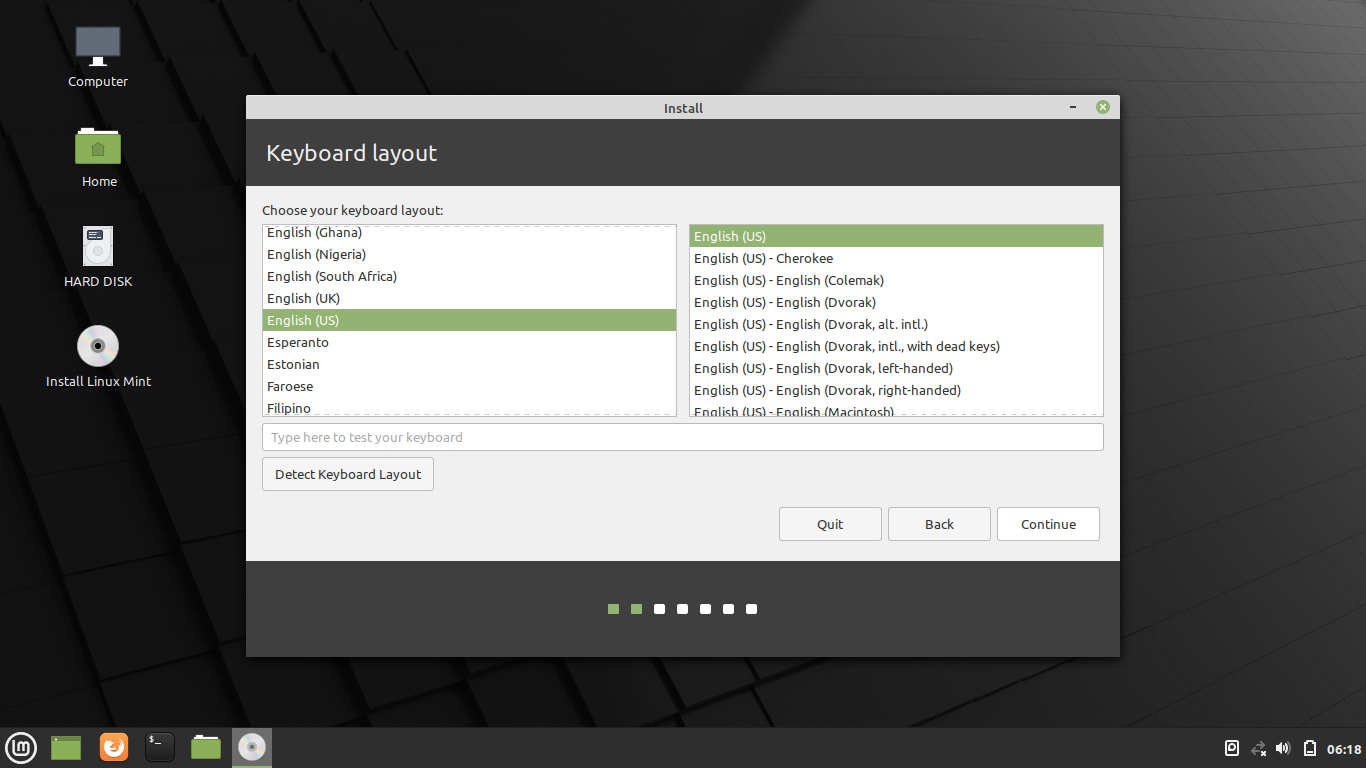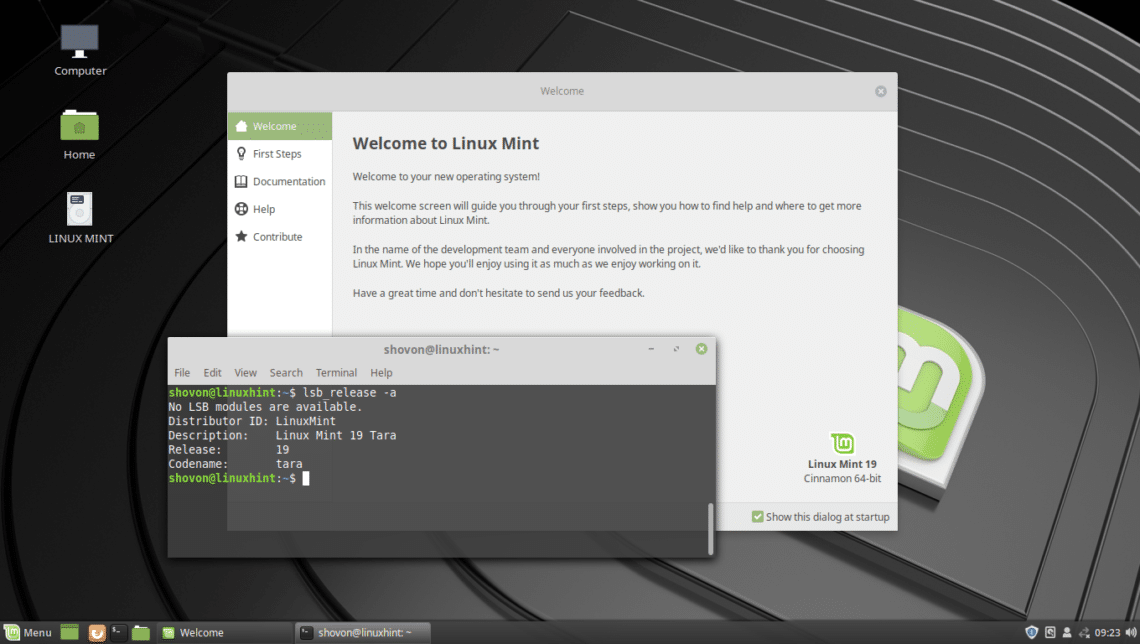

- #How to install linux mint via usb how to
- #How to install linux mint via usb Pc
- #How to install linux mint via usb iso
- #How to install linux mint via usb download
Buckle your seat belts because it's time to install Linux.Īs your computer reboots, you should see a message telling you to press a certain key to access the Boot Menu (usually something like F12). Now it's time to back up your data and reboot your computer. When it's finished, you'll see a success message and your flash drive will be named LINUX MINT. Note that this will erase your flash drive, so make sure there isn't anything important on there before continuing.
#How to install linux mint via usb download
Press the Start button, and if prompted to download new versions of Syslinux, click Yes.
#How to install linux mint via usb iso
Next, click the Select button next to Disk or ISO image, and choose the Linux Mint ISO you just downloaded. (If you have a fast USB 3.0 or 3.1 drive, all the better.) You should see it appear in the Device drop-down at the top of Rufus' main window. Install Rufus, open it up, and insert a flash drive that's 2GB or larger. We're going to do the latter using a tool called Rufus (Opens in a new window). To install it on your system, you'll need to burn the file to a DVD or USB flash drive. The installer will come as an ISO, or disc image file. If you use BitTorrent, I recommend grabbing the torrent file, which will download much faster. Mint's download page provides a number of links depending on where you live. XFCE is ideal for old or low-powered PCs, thanks to its light resource usage. Cinnamon is the desktop environment I recommend for former Windows users, though MATE is also pretty Windows-like, even though it's a bit less modern. Head to Mint's download page (Opens in a new window) and choose the 64-bit "Cinnamon" version. It's not my personal distro of choice, but it's great for new Windows migrants, and it's easier to explore other distros once you've nailed down the basics on a beginner-friendly system. You're free to check out other distros instead, but I'll be using Mint for the purposes of this guide, and I recommend you do too. Linux Mint is a perfect in-between option: it's designed for beginners, offers a familiar desktop environment, and it's based on Ubuntu, so you can make use of the enormous Ubuntu/Mint community when you need help.

Ubuntu (Opens in a new window), on the other hand, is arguably the most popular distro on desktop PCs, but it isn't very Windows-like at all these days. There are a lot of distributions that aim to mimic Windows in layout and functionality, like Zorin OS (Opens in a new window), but they're on the smaller side, and you won't have as big a community to tap as you learn your way around. That's why I recommend starting with Linux Mint (Opens in a new window). One may use a Mac-like interface with a dock and an "app store," while others may use a more minimalist interface and require installing apps from the command line.Įxploring the bevy of Linux distributions out there is a fun part of the hobby, but for your first installation, you will likely want something popular and beginner-friendly, so it's easy to get help when you need it. Instead, Linux is packaged into many different distributions, or "distros," each with their own interface and set of features. Unlike Windows and macOS, there isn't just one version of Linux.
#How to install linux mint via usb how to
#How to install linux mint via usb Pc



 0 kommentar(er)
0 kommentar(er)
